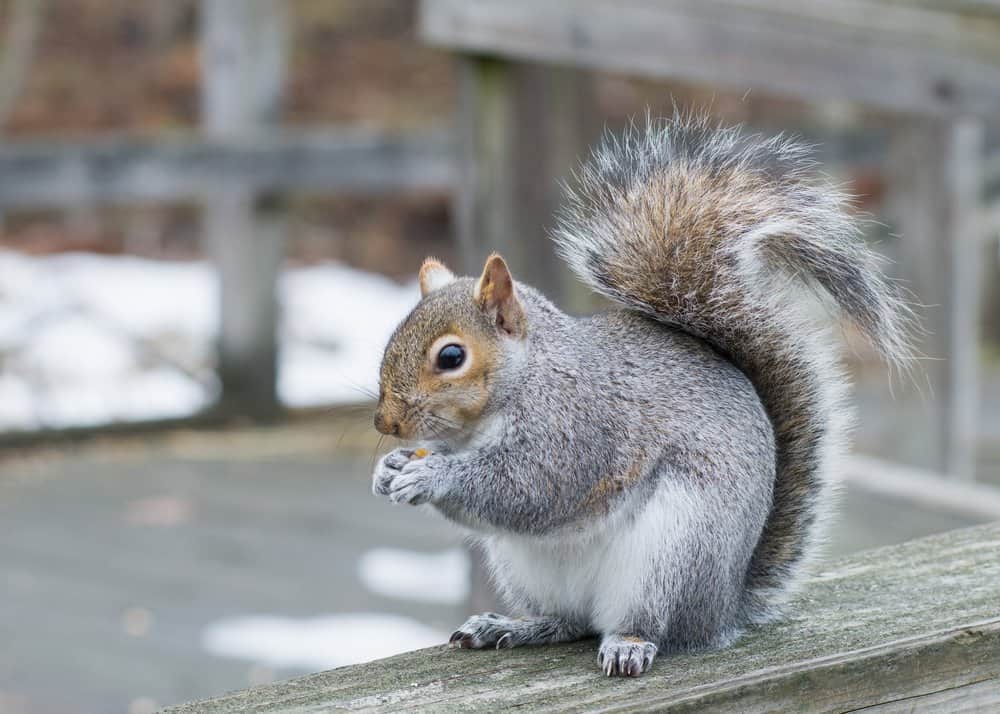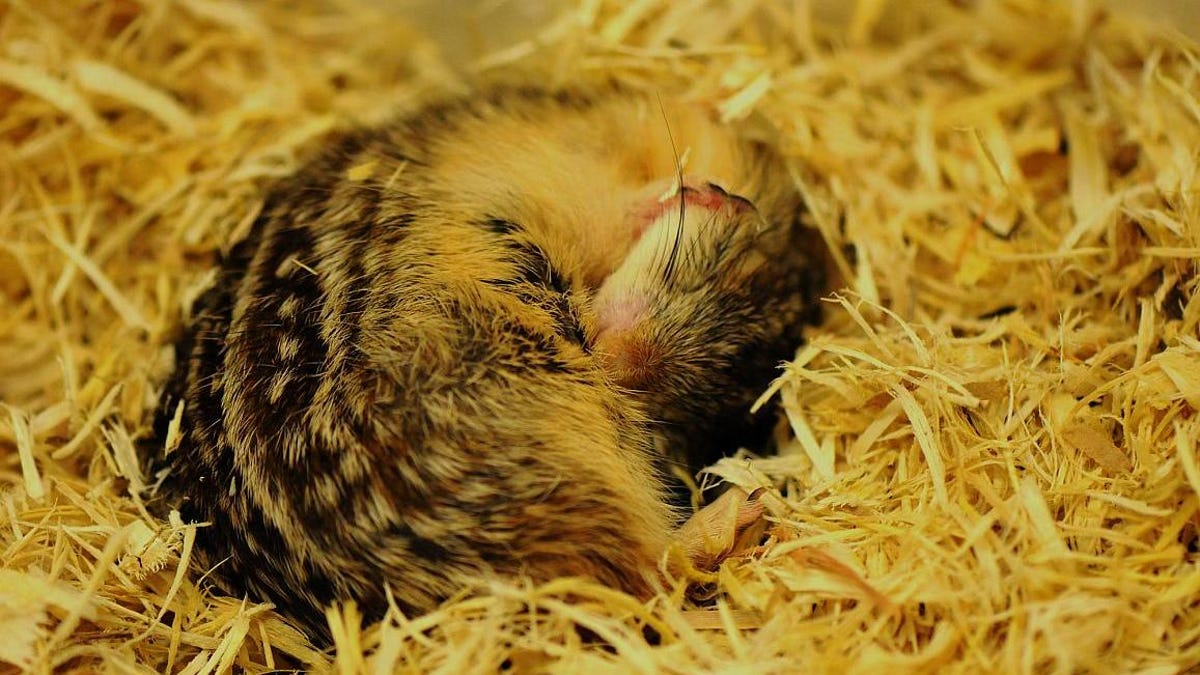
One distinctive feature of the Douglas’s squirrel is its volume! This little squirrel makes a big noise throughout the forest with chatter, rattle calls, screeches, and chirps, variously designed to warn of danger, enhance courtship, and argue territory boundaries. They are diurnal-active during the day-and sleep at night in tree cavities or in large round leaf and stick nests, called dreys, built high up in trees. Behaviorĭouglas squirrels defend territories year-round, though most intensely in the fall while stocking their middens with food. Northern goshawks ( Accipiter gentilis) and large owls commonly hunt the Douglas’s squirrel, though ground predators, such as bobcats, weasels, and martens, also eat them. Indeed, this squirrel’s taste for fungal spores and conifer seeds ties it directly to forest health.

Spread around the forest by Douglas’s squirrel feces, many of these fungal spores connect with plant roots underground in vast mycorrhizal networks that nourish the plants and soil. Like many squirrels, they feed on the reproductive structures of fungi, like mushrooms and truffles, sometimes hanging them in twig crotches to dry and store for later eating. Not a few tree seedlings have sprouted thanks to forgotten seed caches, and early foresters used to raid these middens for their valuable conifer seeds.ĭouglas’s squirrels also eat bird eggs, flowering plant (angiosperm) parts like berries, seeds, flowers, and leaf buds, the cambium of small branch shoots, and importantly, fungi. These storage areas, or middens, are often covered in the residue of cone scales below a favorite eating perch. They collect seeds and cones in mass quantities (thus a “larder”) and bury them in moist underground areas or in tree cavities that preserve the seed’s nutrition, for later access. Unlike some other squirrels that scatter their food caches all around, Douglas’s squirrels are larder hoarders. In the fall, they busily prepare for the coming winter, since they do not hibernate. Stripping the outside scales of a cone with their sharp and ever-growing incisor teeth, Douglas’s squirrels extract their conifer-seed meal from the safety of a tree branch or an easily escaped ground perch. From sea level to the subalpine, Douglas’s squirrels occupy stands of pine, fir, spruce, and hemlock, where their favorite foods abound: conifer seeds and fungi. Habitat and Distributionĭouglas’s squirrels live year-round in conifer forests of the Pacific Northwest, from British Columbia south through western Washington and Oregon, and down into northwestern California and the Sierra Nevada. The Douglas’s squirrel can grow to 37 cm long (14 inches), including its tail. In summer, a dark line is clearly visible between its abdomen and back, and its winter coat sports small, dark ear tufts. Distinctly smaller than the western gray squirrel ( Sciurus griseus) that overlaps its range, the Douglas’s squirrel has a brownish-gray back, tawny-orange belly, and a white to tawny eye-ring. It’s also called a chickaree or pine squirrel.

Native to the Pacific Northwest, the Douglas’s squirrel ( Tamiasciurus douglasii) is a small tree squirrel in the family Sciuridae.

“He is, without exception, the wildest animal I ever saw,-a fiery, sputtering little bolt of life, luxuriating in quick oxygen and the woods’ best juices.” In his 1894 natural history classic, The Mountains of California, John Muir devotes an entire chapter to the Douglas’s squirrel, writing,


 0 kommentar(er)
0 kommentar(er)
